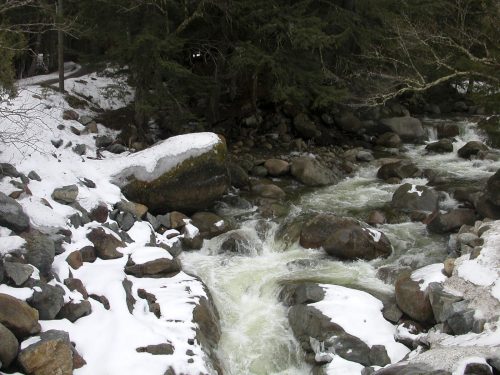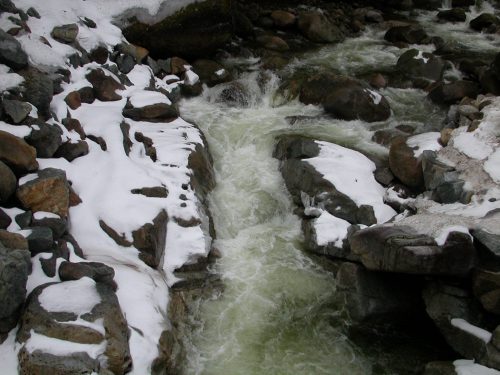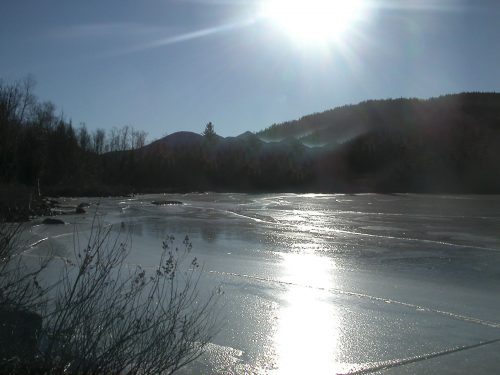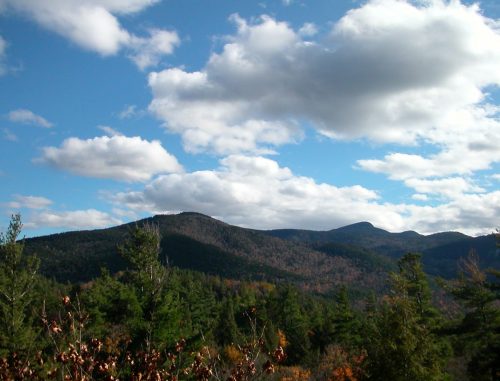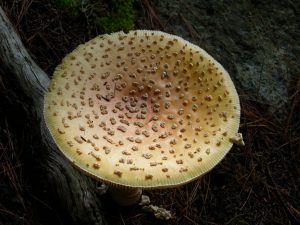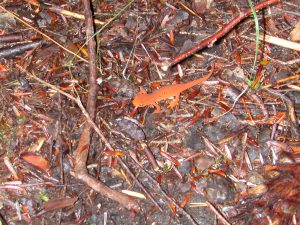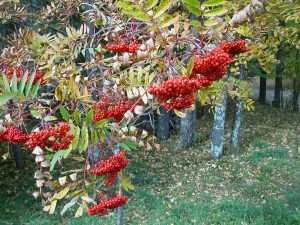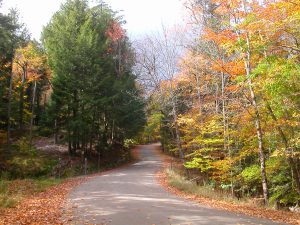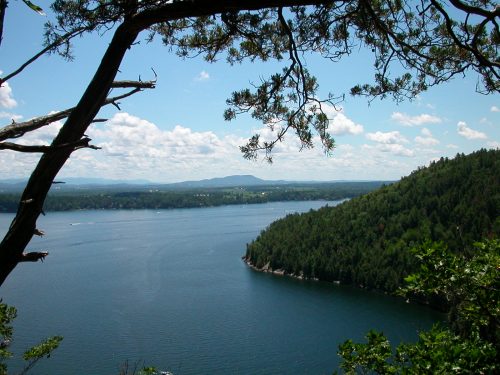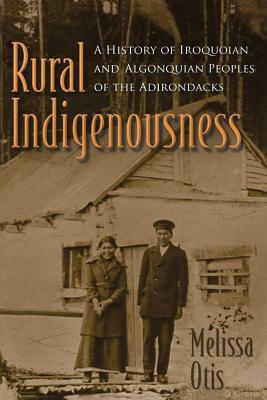Part three of three
This is a continuation. Part one is here.
One of the things Melissa Otis discusses in Rural Indigenousness is the trope of the “Old Indian who used to live here.” I’ve read about this Old Indian in various places of the Adirondacks since coming to live here, and this new perspective was highly intriguing to me.
Melissa Otis contends that where the Old Indian legend arose, there lived an extended indigenous family group. This family group, usually Mohawk or Abenaki, often interacted with non-indigenous men as paid guides.
In Colonial times, indigenous guides were hired for geographic exploration or military reconnaissance. During the 19th century, guides were used more for location of geological resources or for recreational hunting and fishing. Guides recorded during this time, always men, were popular with hunting enthusiasts or associated with important mining developments.
As indigenous families ceased their seasonal use of the Adirondacks and created permanent settlements, they became obscured in the historical record. For one thing, their way of life in the 19th century was often no different from the Euro- and African- Americans who settled here. Permanent residents in isolated rural Adirondack communities, regardless of their ethnicity, practiced subsistence farming, hunting, and trapping, augmented by seasonal paid work. Indigenous families shared knowledge of sustenance activities such as farming, hunting, trapping, fishing, and gathering plants with incoming residents. Of course, settlers brought knowledge with them as well, but there was more integration into indigenous culture here than was occurring elsewhere in the Northeast. This was true into the early 20th century, fostered by the remoteness the Adirondacks, the small year-round population, and the harsh living conditions.
Adirondack men, again regardless of ethnicity, often traveled away from home for part of the year for paid employment. They might live in lumber or mining camps or obtain seasonal commercial work in the cities and towns bordering the Adirondacks. Recall that indigenous people in the area moved seasonally as a survival strategy before colonial contact. Adirondack women would supplement their income in cottage industries. In the summer, there was money to be made from the rich city folk who traveled to the area for recreation.
Unsurprisingly, indigenous families often intermarried with settlers who lived as they did, class distinctions being more along the lines of part-time recreationalists versus permanent residents. Sportsmen referred to both White and Indian guides as “Natives.” Descendants of blended families might be listed as either “White” or “Indian” on census forms, the rationale for racial distinctions being unclear, as the same person might be recorded as a different race in different census years.
However they are recorded in official records, many families in the Adirondacks are aware of their Mohawk or Abenaki heritage. The old saw that the Adirondacks were uninhabited prior to tourism and commercial exploitation is blown away by this book. Indigenous people have always lived here, and live here still.
